Home>Furniture & Design>Bathroom Accessories>What Is An Exhaust Fan Used For
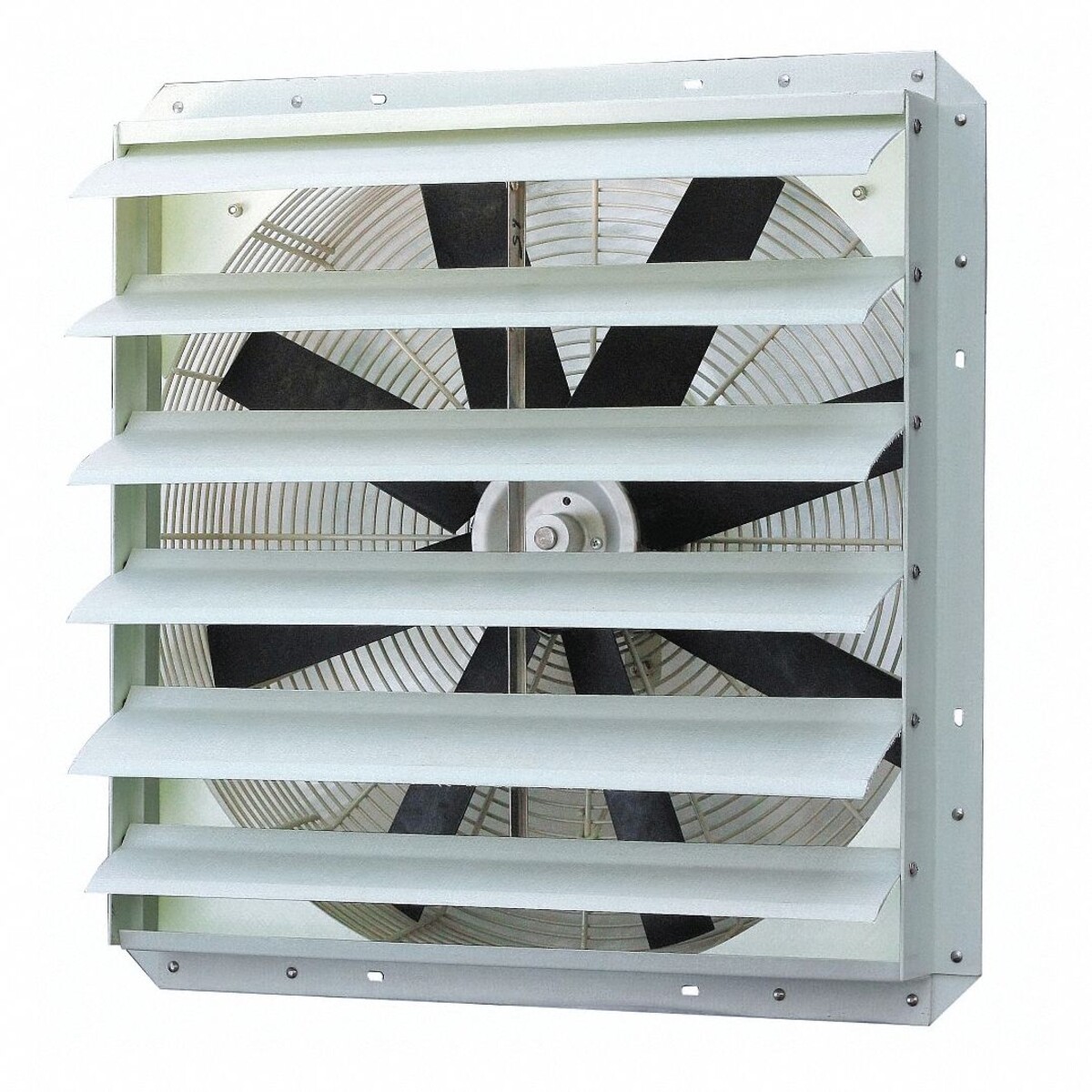

Bathroom Accessories
What Is An Exhaust Fan Used For
Modified: February 18, 2024
An exhaust fan is a crucial bathroom accessory that helps remove moisture, odors, and pollutants, ensuring a fresh and healthy environment. Learn about its uses and benefits.
(Many of the links in this article redirect to a specific reviewed product. Your purchase of these products through affiliate links helps to generate commission for Storables.com, at no extra cost. Learn more)
Introduction
An exhaust fan is a vital component of any modern household or commercial space. Its primary function is to improve indoor air quality by removing excess moisture, unpleasant odors, and airborne pollutants. By effectively expelling stale air and promoting proper ventilation, exhaust fans play a crucial role in maintaining a healthy and comfortable environment.
In this comprehensive guide, we will delve into the various aspects of exhaust fans, exploring their functionality, benefits, common uses, and essential considerations for selecting and maintaining these indispensable fixtures. Whether you are a homeowner, a business owner, or a facilities manager, understanding the significance of exhaust fans and how to leverage their capabilities can significantly enhance the overall well-being and functionality of your living or working space.
Throughout this article, we will uncover the transformative impact of exhaust fans on indoor air quality, energy efficiency, and overall comfort. Additionally, we will provide practical insights into choosing the right exhaust fan for specific needs, as well as essential installation and maintenance tips to ensure optimal performance and longevity.
By the end of this guide, you will have a comprehensive understanding of the pivotal role that exhaust fans play in creating a healthy and pleasant indoor environment. Whether you are seeking to address issues related to excess moisture, lingering odors, or poor ventilation, the knowledge gained from this exploration will empower you to make informed decisions and take proactive steps to optimize the air quality and comfort of your living or working space.
Key Takeaways:
- Exhaust fans are like superheroes for indoor spaces! They kick out bad smells, control moisture, and keep the air fresh, making our homes and workplaces healthier and more comfortable.
- Choosing the right exhaust fan is like picking the perfect sidekick. It needs to fit the space, be quiet, and save energy. With proper installation and care, it becomes a trusty companion for a clean and cozy environment.
Read more: What Is An Exhaust Fan
Understanding Exhaust Fans
An exhaust fan is a mechanical ventilation device that helps improve indoor air quality by drawing out stale air, moisture, and pollutants from a specific area. It operates by creating negative air pressure, which encourages the expulsion of unwanted air to the outside environment. This process facilitates the inflow of fresh, clean air, thereby promoting proper ventilation and maintaining a comfortable and healthy indoor atmosphere.
Exhaust fans are available in various types and sizes, catering to diverse applications and space requirements. They are commonly installed in bathrooms, kitchens, laundry rooms, and commercial establishments to address specific ventilation needs. These fans are designed to effectively remove excess moisture, cooking odors, airborne particles, and other pollutants, thereby preventing the accumulation of mold, mildew, and unpleasant smells.
The functionality of an exhaust fan is driven by a motor that powers the fan blades, creating a suction force that pulls air out of the designated area. As the stale air is expelled, fresh air is drawn in from other openings, such as windows or vents, to replace it. This continuous air exchange process helps regulate humidity levels, prevent the buildup of harmful contaminants, and mitigate the risk of structural damage caused by excessive moisture.
In addition to improving indoor air quality, exhaust fans also contribute to energy efficiency by reducing the workload on heating, ventilation, and air conditioning (HVAC) systems. By expelling hot, humid air during the summer and moist air during the winter, these fans help maintain a more comfortable temperature indoors, ultimately reducing the demand for mechanical cooling or heating.
Understanding the fundamental role of exhaust fans in promoting ventilation and air circulation is essential for maximizing their benefits in various settings. Whether in residential or commercial spaces, the strategic placement and proper utilization of exhaust fans can significantly enhance the overall comfort, health, and functionality of indoor environments.
In the subsequent sections, we will delve deeper into the benefits of using exhaust fans, explore their common applications, and provide valuable insights into selecting the right exhaust fan for specific needs. This comprehensive exploration will equip you with the knowledge and practical guidance necessary to leverage the full potential of exhaust fans in creating a conducive and healthy indoor environment.
Benefits of Using an Exhaust Fan
Using an exhaust fan offers a myriad of benefits that significantly contribute to the overall well-being and functionality of indoor spaces. Let's explore the transformative advantages of integrating exhaust fans into residential and commercial environments:
-
Improved Indoor Air Quality: One of the primary benefits of using an exhaust fan is the enhancement of indoor air quality. By expelling stale air, moisture, and pollutants, these fans effectively mitigate the accumulation of harmful contaminants, such as mold, mildew, and airborne particles. This proactive approach to ventilation helps create a healthier and more pleasant indoor environment, reducing the risk of respiratory issues and promoting overall well-being.
-
Moisture Control: In areas prone to high humidity, such as bathrooms and kitchens, exhaust fans play a crucial role in controlling moisture levels. By swiftly removing excess moisture from the air, these fans help prevent the development of mold and mildew, which can cause structural damage and pose health risks. Additionally, moisture control facilitated by exhaust fans contributes to the preservation of building materials and the longevity of fixtures and furnishings.
-
Odor Elimination: Cooking odors, bathroom smells, and other unpleasant odors can linger in indoor spaces, compromising comfort and cleanliness. Exhaust fans effectively eliminate these odors by expelling them outside, thereby maintaining a fresh and inviting atmosphere. This benefit is particularly valuable in kitchens and bathrooms, where odors can quickly become pervasive without proper ventilation.
-
Energy Efficiency: By promoting natural ventilation and air circulation, exhaust fans contribute to energy efficiency within indoor spaces. These fans help reduce the reliance on mechanical cooling and heating systems by expelling hot, humid air during the summer and moist air during the winter. This, in turn, can lead to lower energy consumption and reduced utility costs.
-
Prevention of Structural Damage: Excess moisture and poor ventilation can lead to structural damage in buildings, including the deterioration of drywall, paint, and wooden fixtures. By effectively removing moisture and preventing its accumulation, exhaust fans help safeguard the integrity of structures, prolonging their lifespan and reducing the need for costly repairs.
-
Comfort and Well-being: The presence of an exhaust fan contributes to the overall comfort and well-being of occupants by ensuring a consistently fresh and pleasant indoor environment. Proper ventilation facilitated by these fans creates a more inviting space for relaxation, work, and social activities, enhancing the overall quality of life for residents and visitors.
In summary, the benefits of using an exhaust fan extend far beyond basic ventilation. These fixtures are instrumental in improving indoor air quality, controlling moisture, eliminating odors, promoting energy efficiency, and safeguarding the structural integrity of buildings. By harnessing these benefits, individuals and businesses can create healthier, more comfortable, and more sustainable indoor environments.
Common Uses of Exhaust Fans
Exhaust fans are versatile ventilation solutions that find widespread application in residential, commercial, and industrial settings. Their ability to expel stale air, moisture, and pollutants makes them indispensable for addressing various ventilation needs. Here are the common uses of exhaust fans across different environments:
1. Bathroom Ventilation:
One of the most prevalent uses of exhaust fans is in bathrooms. These fans effectively remove excess moisture generated during showers, baths, and other bathroom activities. By expelling humid air, exhaust fans help prevent the formation of mold and mildew, which can compromise the cleanliness and structural integrity of the space. Additionally, bathroom exhaust fans aid in eliminating unpleasant odors, ensuring a fresh and inviting atmosphere.
Read more: What Pipe To Use For Bathroom Exhaust Fan
2. Kitchen Ventilation:
In kitchens, exhaust fans play a vital role in removing cooking odors, smoke, and airborne grease particles. By expelling these elements outside, kitchen exhaust fans help maintain a clean and odor-free environment, enhancing the overall cooking experience. Moreover, they contribute to controlling moisture levels, particularly during cooking processes that generate steam and humidity.
3. Laundry Room Ventilation:
Laundry rooms often experience high humidity levels due to the use of washing machines and dryers. Exhaust fans in these spaces effectively remove moisture-laden air, facilitating quicker drying of laundry and preventing the buildup of mold and mildew. Proper ventilation also helps in reducing the risk of musty odors and maintaining a comfortable laundry environment.
4. Commercial and Industrial Settings:
In commercial and industrial establishments, exhaust fans are utilized for a wide range of applications, including warehouse ventilation, fume extraction, and air quality control in manufacturing facilities. These fans are instrumental in maintaining safe and healthy working environments by expelling harmful fumes, airborne particles, and industrial odors.
5. General Ventilation:
Apart from specific areas such as bathrooms and kitchens, exhaust fans are also employed for general ventilation in residential and commercial spaces. They aid in promoting overall air circulation, preventing the stagnation of air, and ensuring a consistent flow of fresh, clean air throughout the indoor environment.
Read more: What Is CFM For An Exhaust Fan
6. Smoking Rooms and Workshops:
In designated smoking rooms and workshops, exhaust fans are utilized to remove smoke, fumes, and airborne particles, thereby minimizing the impact of these elements on indoor air quality. This application is crucial for maintaining a healthy and comfortable environment for occupants and workers.
By understanding the diverse uses of exhaust fans, individuals and businesses can leverage these ventilation solutions to address specific air quality and moisture control requirements. Whether in residential bathrooms, bustling kitchens, industrial facilities, or general living spaces, exhaust fans play a pivotal role in creating healthier, more comfortable, and more sustainable indoor environments.
Choosing the Right Exhaust Fan
Selecting the right exhaust fan is crucial for ensuring optimal ventilation and air quality in any indoor space. With a wide array of options available, it's essential to consider specific factors to make an informed decision. Here are key considerations when choosing the right exhaust fan:
1. Airflow Capacity:
The airflow capacity of an exhaust fan, measured in cubic feet per minute (CFM), determines its ability to effectively ventilate a particular space. It's important to assess the size of the area and select an exhaust fan with a CFM rating suitable for the space's dimensions. For instance, bathrooms and kitchens may require different CFM ratings based on their respective sizes and ventilation needs.
2. Noise Level:
Opt for an exhaust fan with a low noise level to ensure a quiet and comfortable environment. Consider models equipped with noise-reduction features, such as insulated housings and aerodynamic designs, to minimize operational noise without compromising performance.
Read more: What Is An Exhaust Fan In The Bathroom
3. Energy Efficiency:
Look for exhaust fans with energy-efficient features, such as low power consumption and automatic shut-off mechanisms. Energy-efficient models not only contribute to cost savings but also promote sustainability by reducing overall energy consumption.
4. Humidity Sensing and Timer Functions:
Exhaust fans with built-in humidity sensors and timer functions offer enhanced convenience and efficiency. These features allow the fan to automatically activate when excess moisture is detected and operate for a predetermined duration, ensuring effective moisture control and ventilation without constant manual intervention.
5. Ducting and Installation Flexibility:
Consider the ducting requirements and installation flexibility of the exhaust fan. Choose a model that aligns with the existing ductwork and offers versatile installation options to accommodate specific spatial constraints and ventilation configurations.
6. Quality and Durability:
Prioritize exhaust fans from reputable brands known for their quality and durability. Selecting a well-constructed fan with durable components ensures long-term reliability and performance, reducing the need for frequent replacements and maintenance.
7. Aesthetics and Design:
In spaces where the exhaust fan is visible, such as bathrooms and kitchens, consider the aesthetic appeal and design of the fan. Look for models that complement the existing decor and architectural elements, seamlessly integrating into the overall aesthetics of the space.
By carefully evaluating these factors, individuals and businesses can make informed decisions when selecting the right exhaust fan to meet their specific ventilation and air quality needs. Whether for residential, commercial, or industrial applications, choosing an exhaust fan tailored to the unique requirements of the space is essential for creating a healthier, more comfortable, and more sustainable indoor environment.
Installation and Maintenance Tips
Proper installation and regular maintenance are essential for ensuring the optimal performance and longevity of exhaust fans. Whether installing a new fan or maintaining an existing one, following these tips can help maximize the effectiveness of ventilation systems and promote a healthy indoor environment.
Installation Tips
-
Strategic Placement: When installing an exhaust fan, consider strategic placement to maximize its effectiveness. In bathrooms and kitchens, position the fan in close proximity to moisture sources, such as showers and stovetops, to efficiently remove excess humidity and odors.
-
Ductwork Considerations: Ensure that the exhaust fan is connected to appropriate ductwork that directs expelled air outside. Proper ductwork installation minimizes the risk of moisture and odors being recirculated within the indoor environment.
-
Secure Mounting: Securely mount the exhaust fan to the ceiling or wall to prevent vibrations and ensure stable operation. Proper mounting also helps minimize operational noise and maintain the fan's efficiency.
-
Electrical Wiring: If installing a new exhaust fan, ensure that electrical wiring is performed in compliance with safety standards and local building codes. Professional electricians can provide expert assistance in this regard.
-
Ventilation in Attics: For exhaust fans that expel air into the attic, it's crucial to ensure that the attic itself is adequately ventilated to prevent moisture buildup and potential structural damage.
Maintenance Tips
-
Regular Cleaning: Schedule routine cleaning of exhaust fan components, including fan blades, grilles, and housing, to prevent the accumulation of dust and debris. Clean fans operate more efficiently and contribute to better indoor air quality.
-
Inspect and Replace Filters: If the exhaust fan is equipped with filters, inspect them regularly and replace as needed. Clean filters facilitate optimal airflow and prevent the buildup of contaminants within the fan.
-
Lubrication of Moving Parts: For exhaust fans with moving parts, such as bearings and motors, periodic lubrication can help maintain smooth operation and extend the lifespan of the fan.
-
Check for Obstructions: Regularly check for obstructions in the exhaust duct and ensure that the airflow path is clear. Blockages can impede ventilation and strain the fan motor.
-
Professional Maintenance: Consider scheduling professional maintenance checks for exhaust fans, especially in commercial and industrial settings. Experienced technicians can identify and address potential issues before they escalate.
By adhering to these installation and maintenance tips, individuals and businesses can optimize the performance and durability of exhaust fans, ensuring effective ventilation and air quality management. Proactive installation and diligent upkeep contribute to a healthier, more comfortable, and more sustainable indoor environment.
Read more: What Is The Best Exhaust Fan For The Kitchen
Conclusion
In conclusion, exhaust fans are indispensable components for maintaining a healthy, comfortable, and sustainable indoor environment. Their ability to expel stale air, control moisture levels, eliminate odors, and promote energy efficiency makes them essential fixtures in residential, commercial, and industrial settings. By understanding the significance of exhaust fans and leveraging their capabilities, individuals and businesses can proactively address ventilation and air quality needs, ultimately enhancing the overall well-being and functionality of indoor spaces.
The transformative benefits of using exhaust fans, including improved indoor air quality, moisture control, energy efficiency, and structural preservation, underscore their pivotal role in creating conducive living and working environments. Whether in bathrooms, kitchens, laundry rooms, or commercial establishments, exhaust fans play a crucial part in mitigating the impact of excess humidity, airborne pollutants, and unpleasant odors, contributing to a healthier and more pleasant indoor atmosphere.
Furthermore, the diverse applications of exhaust fans, ranging from specific areas such as bathrooms and kitchens to general ventilation in residential and commercial spaces, highlight their versatility and adaptability to various ventilation requirements. Whether addressing localized moisture issues or ensuring comprehensive air circulation, exhaust fans offer tailored solutions to meet specific indoor air quality needs.
Selecting the right exhaust fan involves careful consideration of factors such as airflow capacity, noise level, energy efficiency, and aesthetics, ensuring that the chosen fan aligns with the unique requirements of the space. By making informed decisions and prioritizing quality and durability, individuals and businesses can optimize the effectiveness of exhaust fans in promoting ventilation and air circulation.
Moreover, proper installation and regular maintenance are essential for maximizing the performance and longevity of exhaust fans. Strategic placement, ductwork considerations, and diligent upkeep contribute to the efficient operation of these ventilation systems, ultimately supporting a healthier and more sustainable indoor environment.
In essence, exhaust fans are not merely functional fixtures; they are integral contributors to the overall well-being and comfort of indoor spaces. By recognizing their significance, harnessing their benefits, and implementing best practices in selection, installation, and maintenance, individuals and businesses can create environments that prioritize health, sustainability, and quality of life. Embracing the role of exhaust fans in indoor air quality management is a proactive step toward fostering environments that are conducive to well-being, productivity, and overall satisfaction.
Frequently Asked Questions about What Is An Exhaust Fan Used For
Was this page helpful?
At Storables.com, we guarantee accurate and reliable information. Our content, validated by Expert Board Contributors, is crafted following stringent Editorial Policies. We're committed to providing you with well-researched, expert-backed insights for all your informational needs.
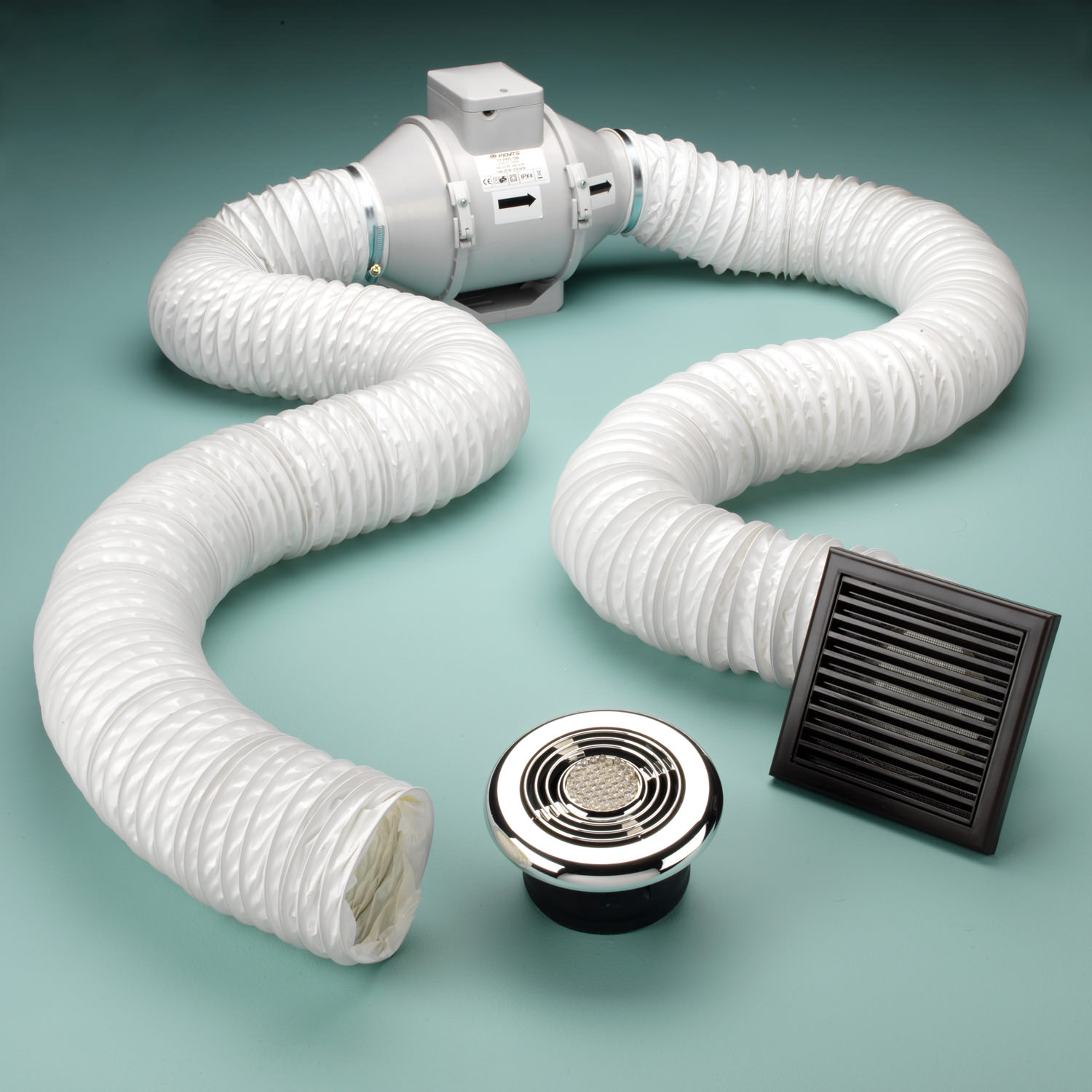
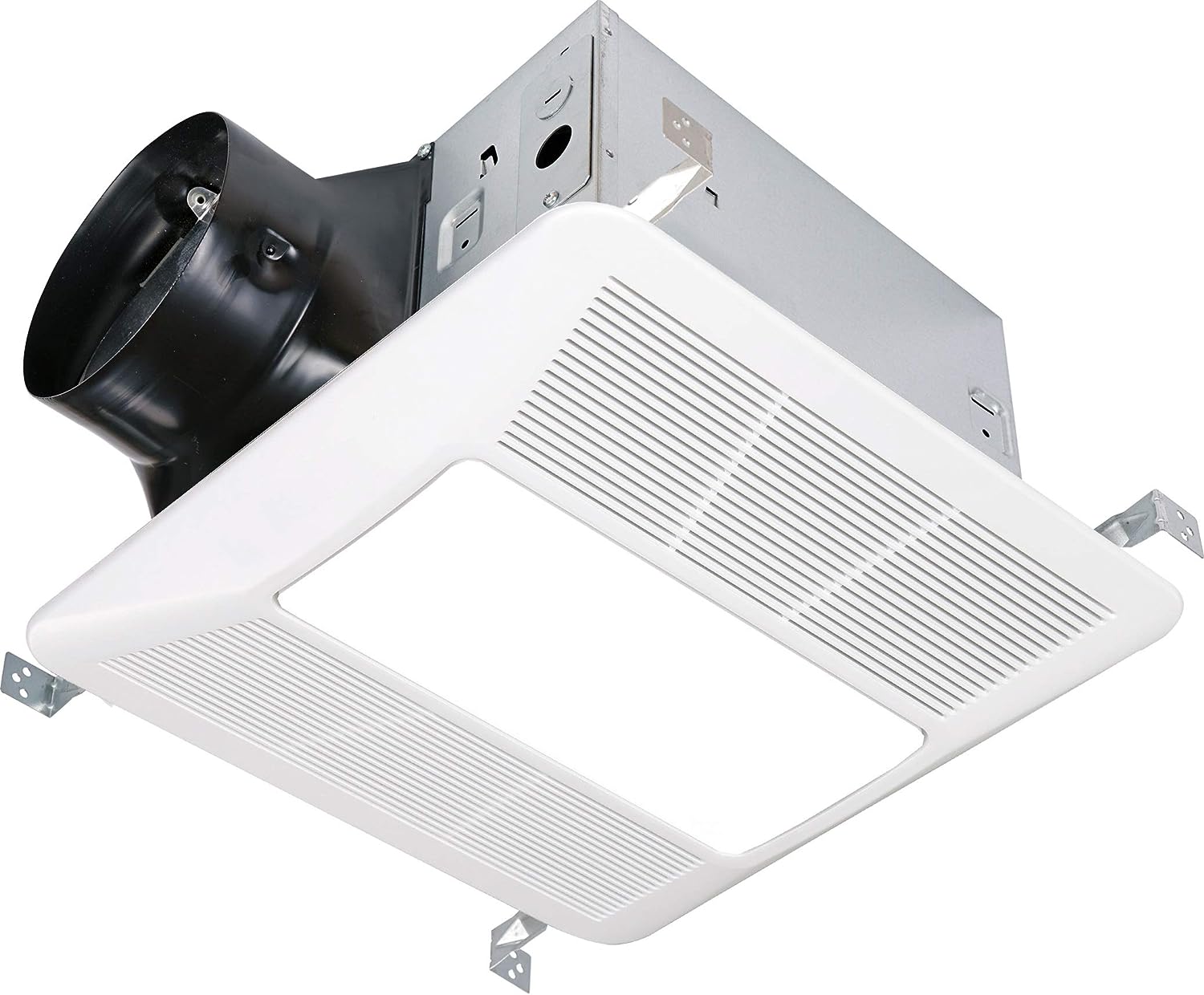
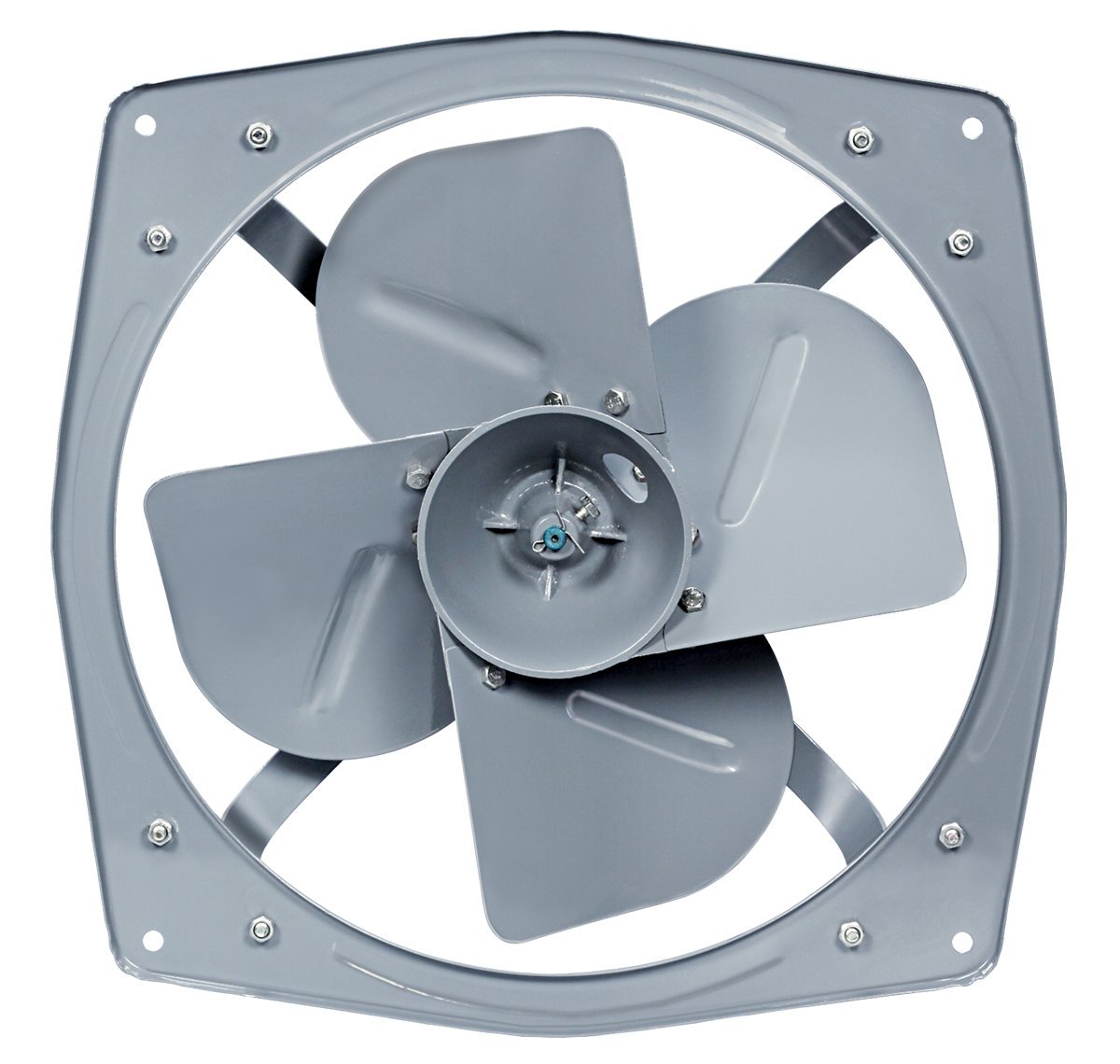

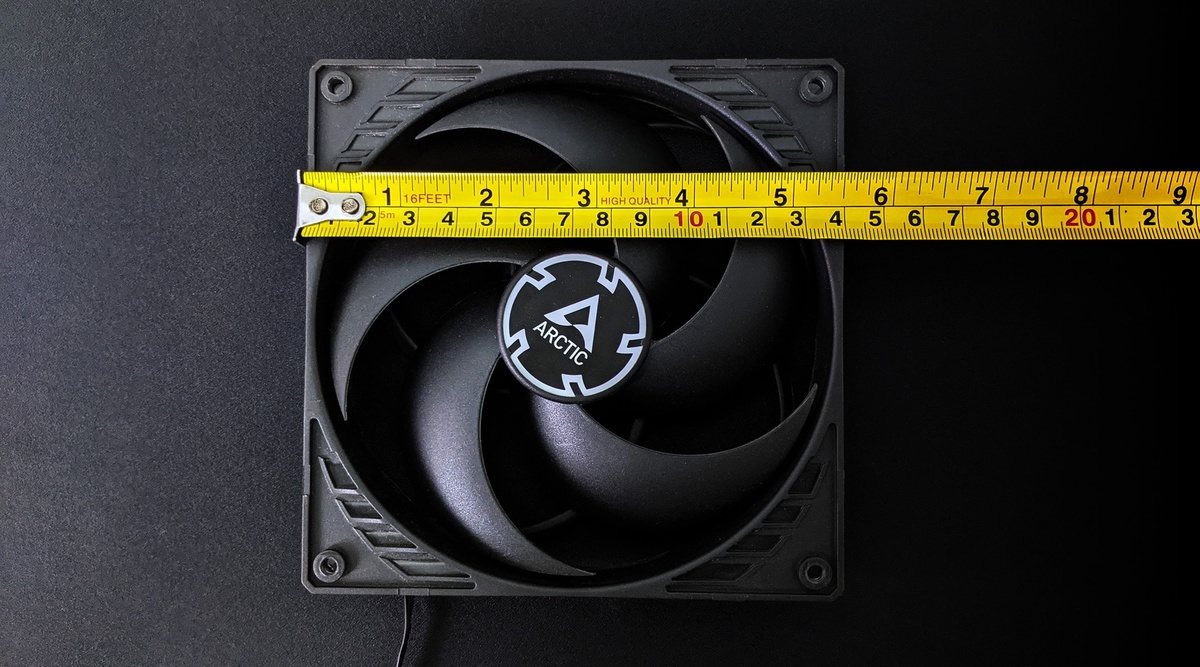
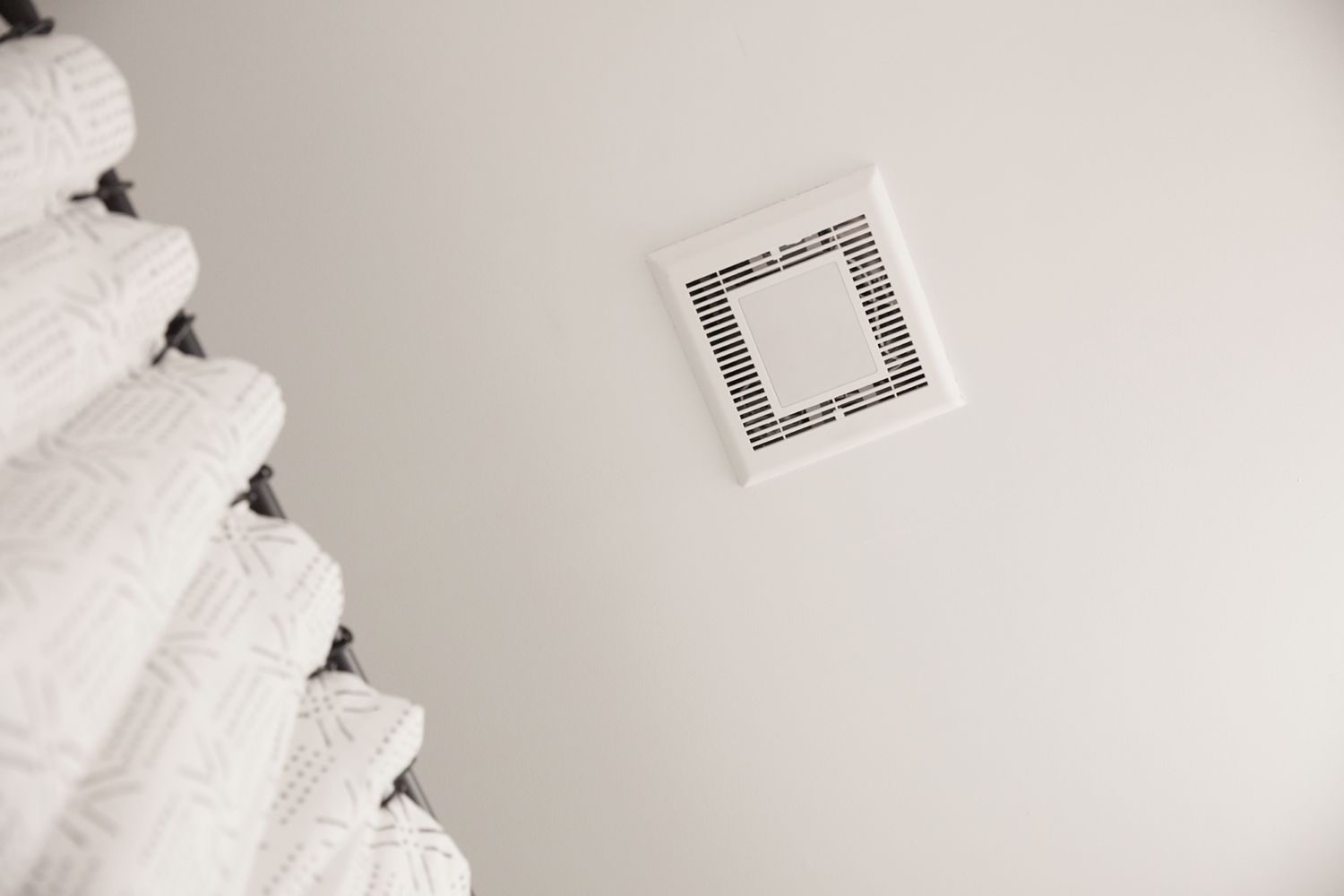
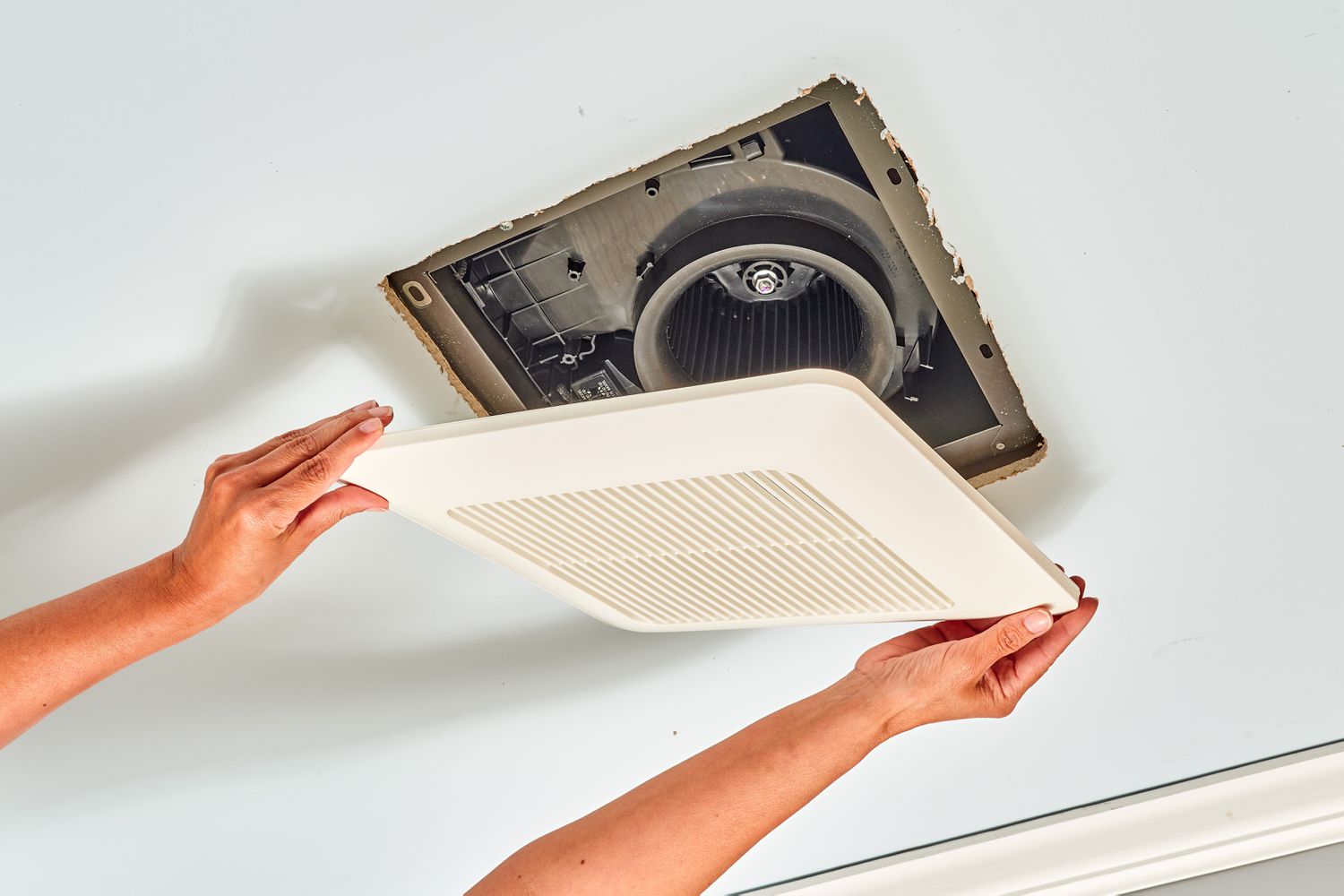
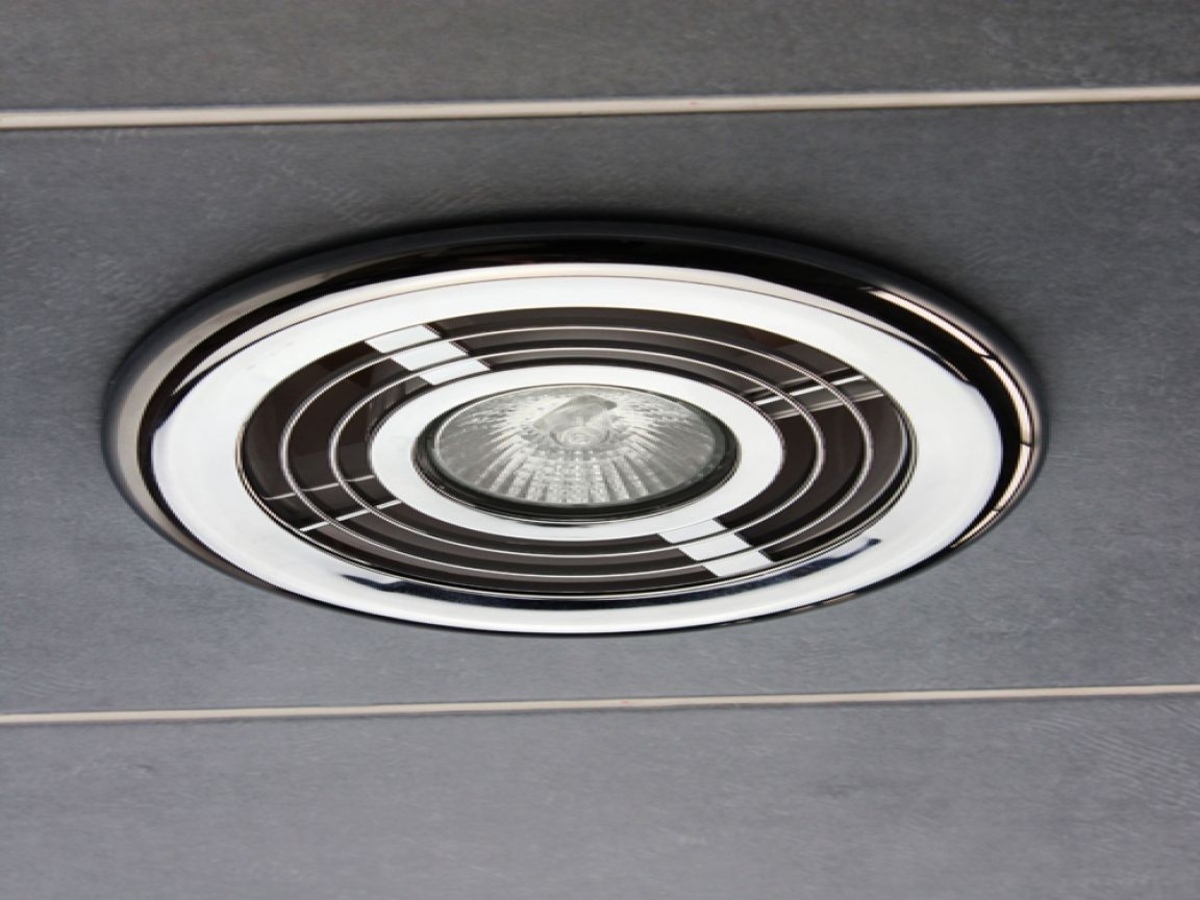
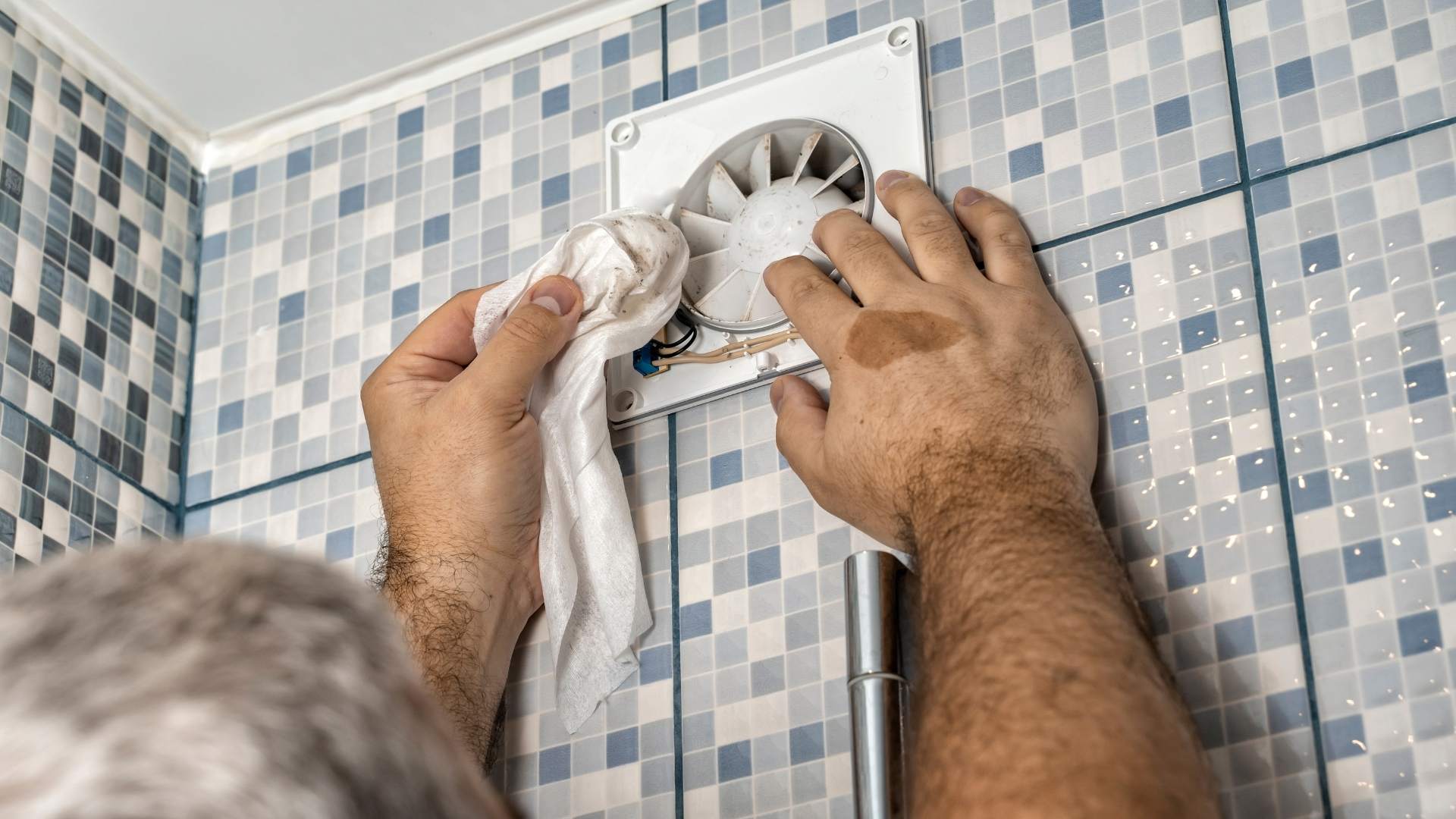
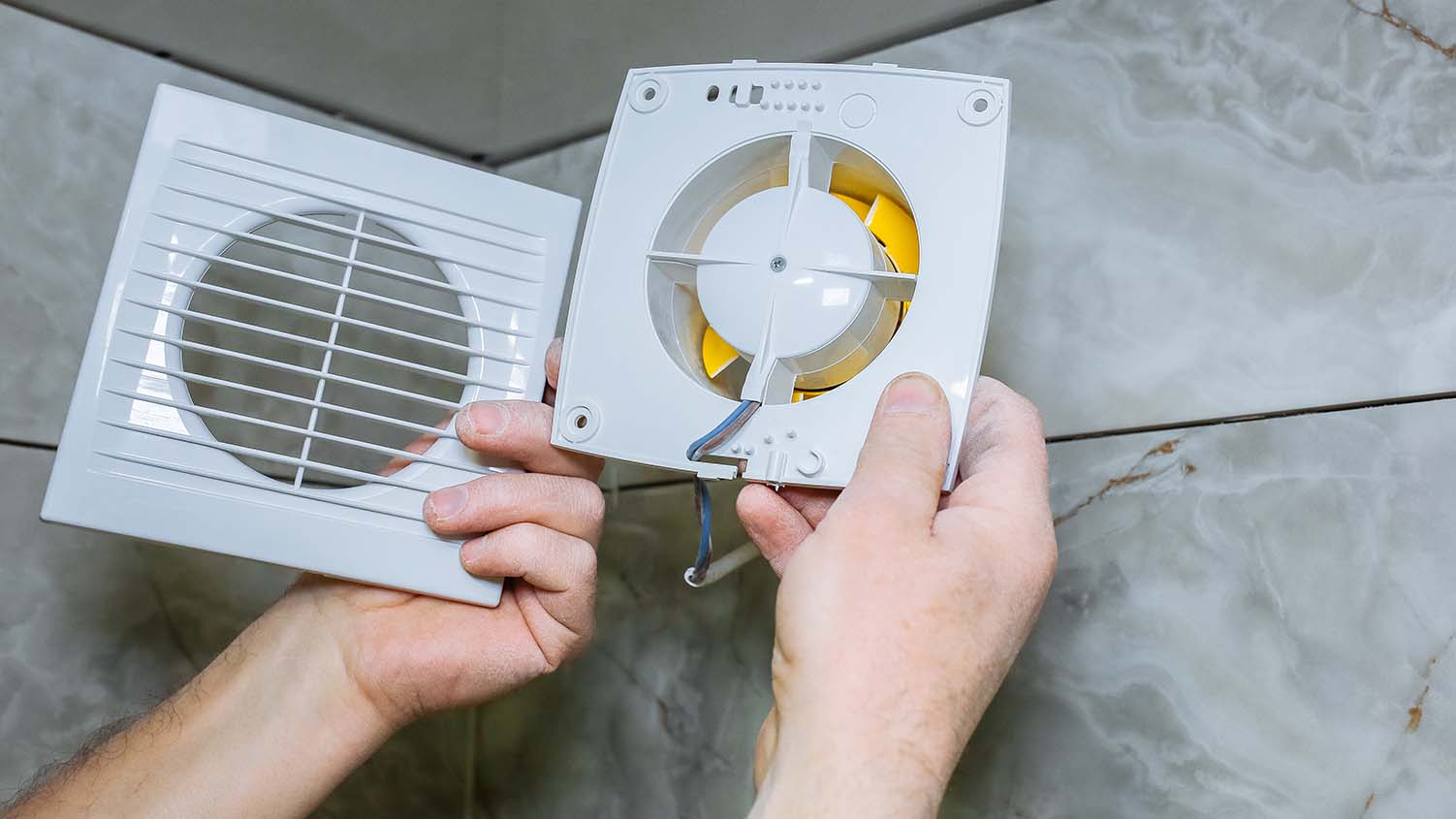

0 thoughts on “What Is An Exhaust Fan Used For”